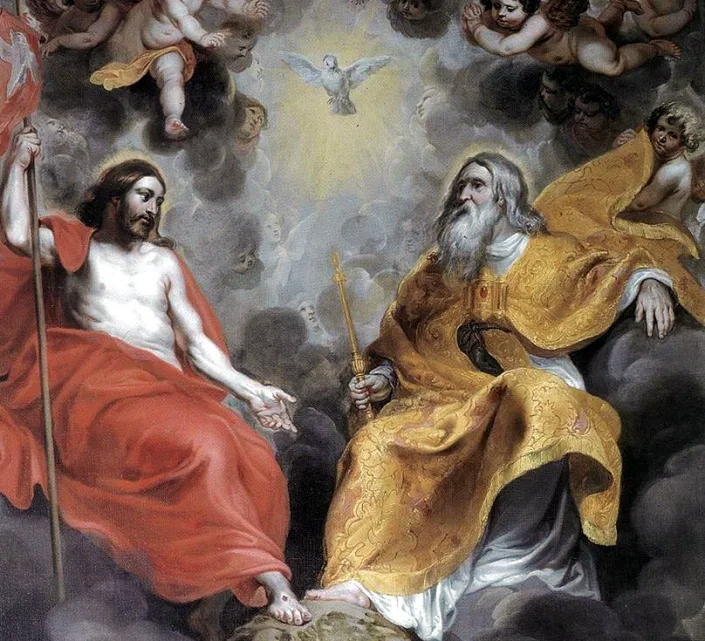Whoever believes in me, as Scripture has said, rivers of living water will flow from within them. By this he meant the Spirit, whom those who believed in him were later to receive. Up to that time the Spirit had not been given, since Jesus had not yet been glorified. (John 7:38-39)
It was the last day of the Feast of Tabernacles. For the first seven days, the priest processioned from the Pool of Siloam to the temple and poured out water at the base of the altar. As they went, they sang words from the prophet Isaiah, “With joy you will draw water from the wells of salvation” (Isaiah 12:3). The Hebrew word for “salvation” is Yeshua, which is the name Jesus.
Now it was the eighth day, the greatest day of the feast. Jesus stood up among the crowd and in a loud voice announced that whoever believes in him, rivers of living water would flow from within them. The significance of these words on this occasion would not be lost on them. The rivers of living water would be water from the “wells of salvation” — water from the wells of Jesus.
John the Evangelist tells us that Jesus was speaking of the Holy Spirit. But those who believed in Jesus had not yet received the Holy Spirit, for he had not yet been given, and the reason for that is that Jesus had not yet been glorified. The giving of the Holy Spirit happened at the Feast of Pentecost, and is vitally connected with the glorification of Jesus. But what is the glorification to which John referred, and when would it occur?
We see something of it in the next chapter, when Jesus addresses a group of Pharisees who were challenging him. He said, “When you have lifted up the Son of Man, then you will know that I am he and that I do nothing on my own but speak just what the Father has taught me” (John 8:28).
The Greek word for “lifted up” is hypsoo, which means to elevate, or even to exalt. The “lifting up” to which Jesus referred is the cross, the crucifixion the Pharisees and Jewish leaders who would soon insist Jesus be put to. They wanted to elevate Jesus on that wooden instrument of death, but it would be an elevation they had not expected — if would be an exaltation. For in that lifting up of Jesus, they would know that Jesus is the Son of Man, and that he does not do anything on his own but does and says whatever the Father has taught him. It would be the exaltation of Jesus and the revelation of the Father.
In John 17, on the night before his crucifixion, after speaking to his disciples about the Holy Spirit and of what would come, Jesus prayed to the Father, “Father, the hour has come. Glorify your Son, that your Son may glorify you” (John 17:1). “And now, O Father, glorify Me together with Yourself, with the glory which I had with You before the world was” (John 17:5 NKJV).
The hour had now come for the Father to glorify the Son and the Son to glorify the Father. It was the hour when the Son would be lifted up and the Father revealed. It was the hour of the cross. The Resurrection and the Ascension are part of that same movement, but they each in their way show reveal the glory of the cross. It is not merely because of the cross but in the cross that Jesus is “highly exalted” (hyperypsoo a compound of hyper and hypsoo) and given “the name that is above every name” (Philippians 2:9).








